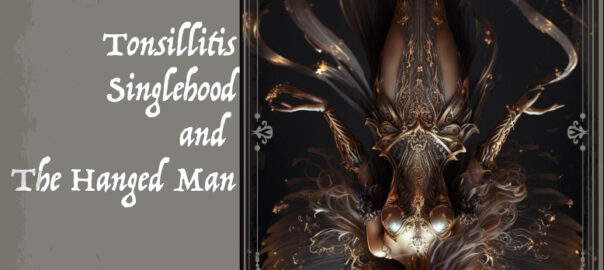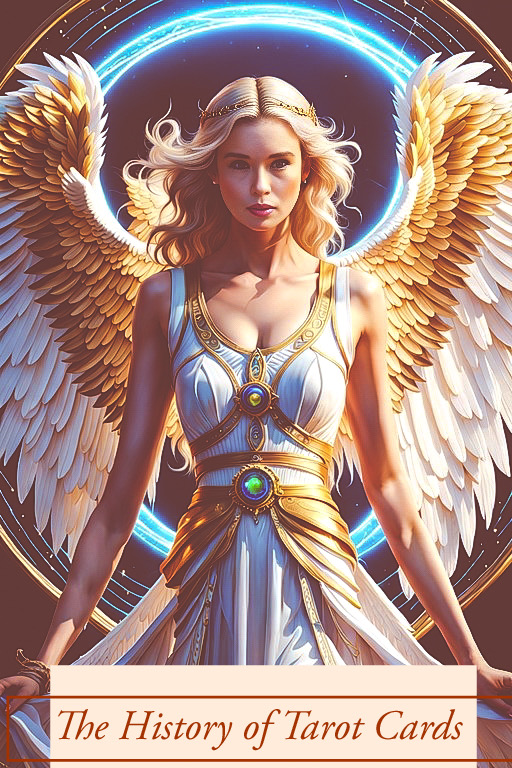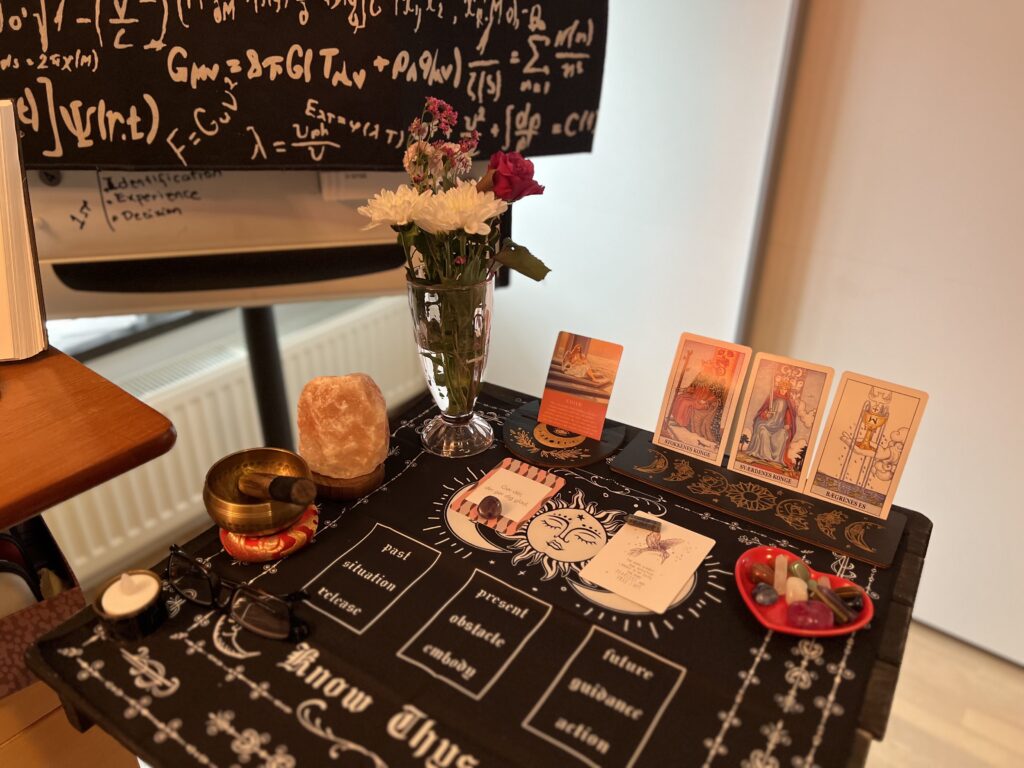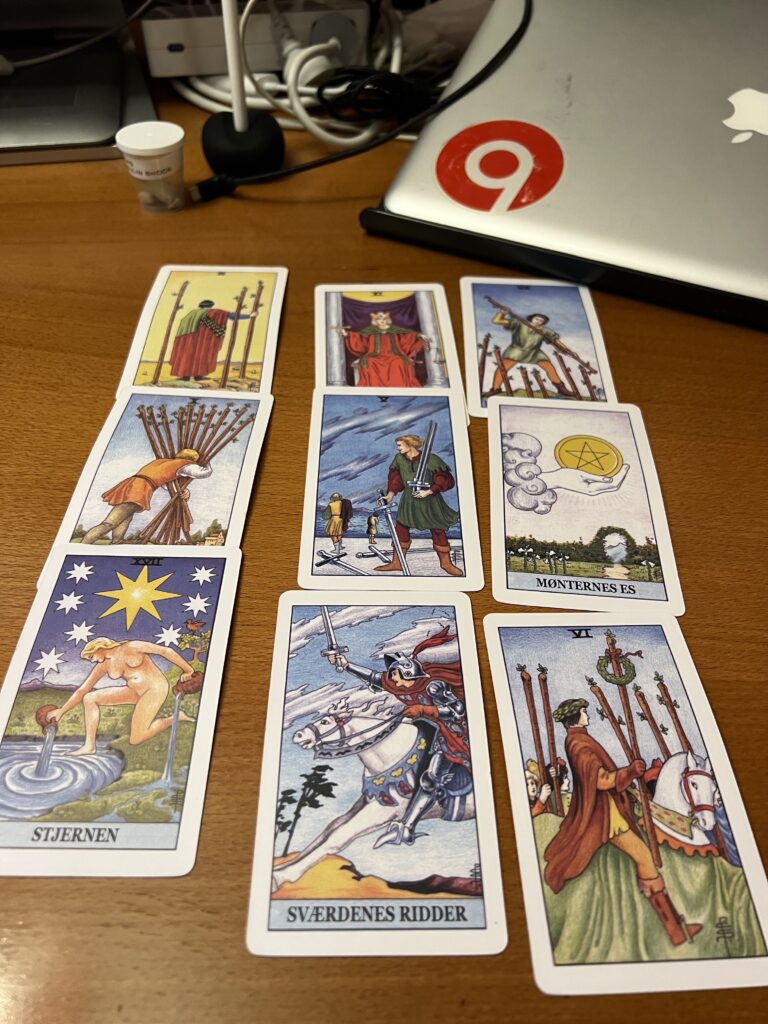
As I lay in bed, the weight of tonsillitis and a slight fever casting a pall over my day, I couldn’t help but reflect on the past few days. Perhaps a bit too caught up in the hustle, I realized I hadn’t layered up adequately, and now, here I am, nursing an unwelcome illness. While trying to find solace in the confines of my bed, a pang of hunger struck.
In that quiet moment, a thought emerged: “This is what I miss about having someone.” The warmth of companionship, the shared responsibility, the simple act of someone ensuring you’re bundled up and well-fed during times of discomfort. And then came the inevitable question that often hovers in the background of singlehood: “Am I ready to be single forever?”
Resolute, I decided to rise from my haven of rest and make my own breakfast – a task I’ve grown accustomed to in my solo journey. Yet, amid this mundane act, an unexpected companion emerged – The Hanged Man in the tarot deck.

The Hanged Man: A Reflection of Single Life’s Journey
The Hanged Man, suspended upside-down in the tarot’s symbolic language, invites contemplation, sacrifice, and a shift in perspective. In the context of my single life, it became a mirror reflecting the unique journey I navigate, especially during moments of vulnerability.
The Hanged Man suggests that in singlehood, there’s a voluntary pause, a moment to reassess and gain a new perspective. It urges an acknowledgment of the sacrifices made willingly and the unique vantage point of viewing life from a different angle.
Managing Single Life: Nourishing Independence and Well-being
Being single isn’t a void waiting to be filled but a canvas for personal growth. I manage the intricacies of single life by:
1. Embracing Independence:
Recognizing that my well-being is my responsibility, I celebrate the freedom to make my own choices, even when unwell.
2. Mindful Self-Care:
Acknowledging my needs and caring for myself mindfully. This extends beyond the physical to nurturing emotional and mental well-being.
3. Building a Support Network:
Singlehood doesn’t mean isolation. I’ve cultivated a support network of friends and family, ensuring I have companionship when needed.
CBT Strategies for Solo Well-being
Cognitive Behavioral Therapy (CBT) provides valuable tools to enhance the quality of single life:
1. Cognitive Restructuring:
Challenge negative thoughts about singlehood by focusing on the positives and personal growth.
2. Behavioral Activation:
Engage in activities that bring joy and fulfillment, promoting overall well-being.
3. Mindfulness:
Practice mindfulness to stay present, fostering acceptance and appreciation for the current phase of life.
Metacognitive Reflection: Shaping the Narrative of Singlehood
Metacognitive reflection prompts introspection on my thoughts about singlehood. It encourages a deeper understanding of my readiness for a lifelong solo journey, recognizing that the narrative is a fluid, evolving story.
In conclusion, as I face the challenges of tonsillitis and singlehood, The Hanged Man becomes a guiding companion. Through the lens of tarot, CBT strategies, and metacognitive reflection, I navigate the intricate dance of single life with resilience, self-love, and a willingness to embrace the unique perspectives it offers.







